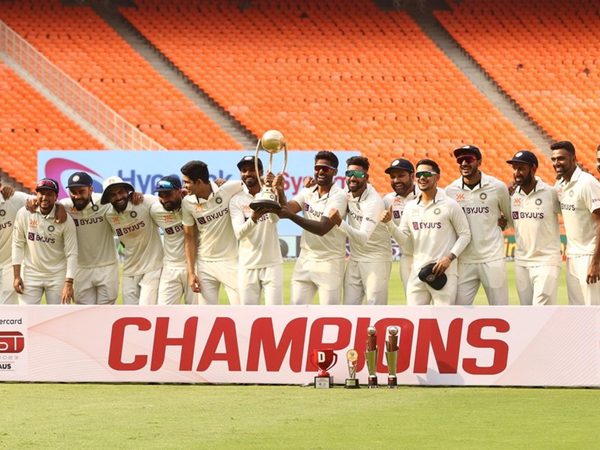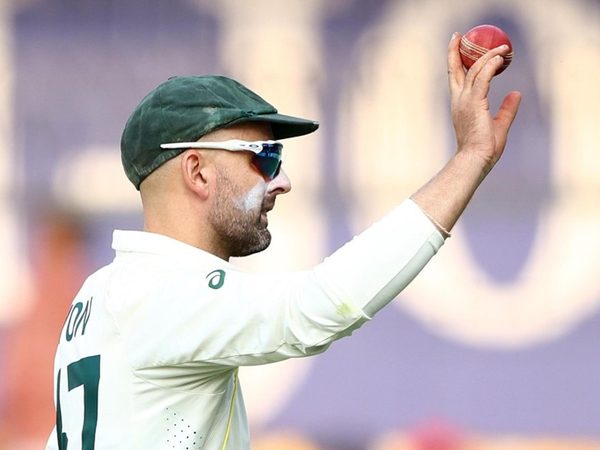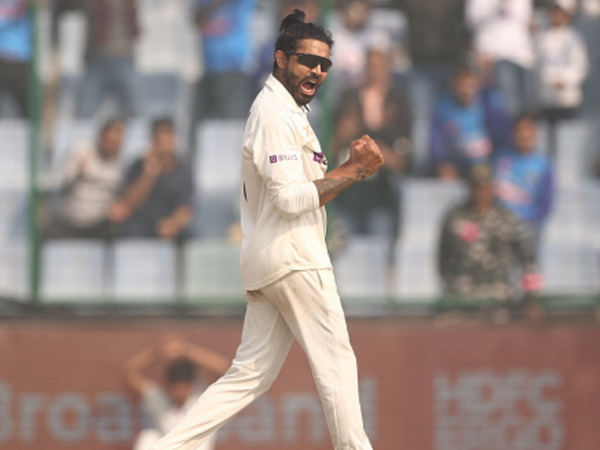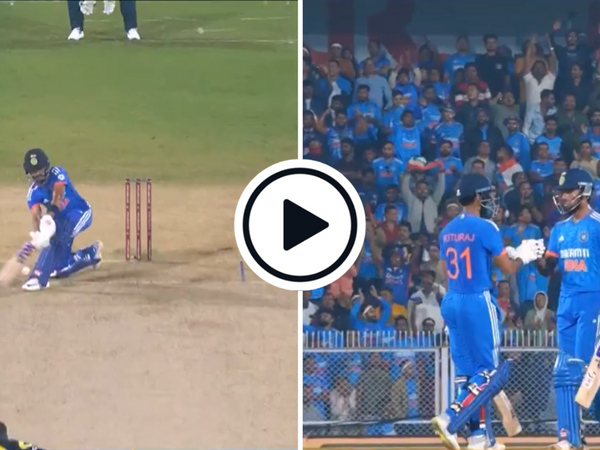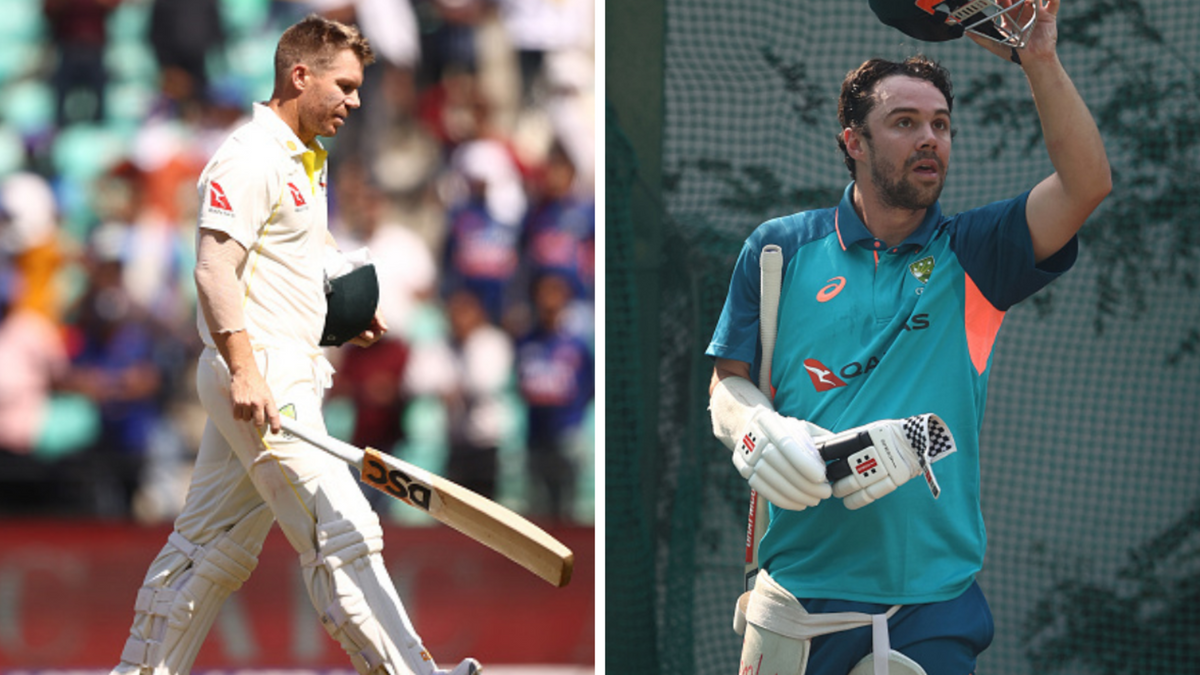
Australia lost the first Test to India in under three days, and they have a number of selection headaches as they gear up for the Delhi game.
Will Australia persist with David Warner?
A serious discussion awaits David Warner as the curtain slowly comes down on his Test career. The left-hander’s struggles continued in Nagpur where he was dismissed for 1 in the first innings and a 41-ball 10 in the second innings. After being bowled by Mohammed Shami first time out, he found it tough around R Ashwin, a beast against left-handers. Ashwin beat Warner’s inside edge and dismissed him lbw in the second innings, and has accounted for his wicket 11 times in 16 Tests.
Though Warner scored a double hundred just four innings ago, his lack of success in Asia in the recent past should make his spot a topic of conversation. He scored 68, 36, 7, 7, 51, 25, 10*, 5 and 24 in nine innings against Pakistan and Sri Lanka last year, failing to get big scores when there was something in it for the bowlers. Australia’s treatment of Travis Head, a batter who has been excellent at home but has his struggles against spin, shows they are comfortable with a horses-for-courses approach, and that could leave Warner vulnerable.
Do Australia pick three spinners?
Matt Kuhnemann, who has been called up to the Australia squad after Mitchell Swepson returned home for the birth of his child, could immediately make the XI as the visitors look to go in with three spinners.
Australia only had four specialist bowlers in Nagpur, with the injury to Cameron Green affecting the balance of the XI. They bowled a total of 139.3 overs in Nagpur in one innings, with Marnus Labuschagne and Matt Renshaw sending down six overs between them. A long series, particularly in India, increases the risk of over-bowling the mainstays, and Australia will be looking for a fifth bowler in Delhi. However, if Green is unfit, they might struggle to slot in three spinners.
India’s enviable batting depth saw Axar Patel score 84 at Nagpur at No.9, with the last five wickets adding 232 runs to the total. In contrast, the lack of a proper all-rounder saw Australia’s lower order contribute 15 runs in the first innings, and 39 in the second. Adding the left-arm orthodox Kuhnemann, with a first-class batting average of 17.83 and a high score of 24, will weaken the batting even further. Even if Green is fit, it’s a big call for him to take the new ball and serve as second seamer, especially considering Australia’s strength in their pace stocks.
Kuhnemann could play as part of a two-man spin attack, but this is unlikely, with Todd Murphy excelling in the first Test and Nathan Lyon’s stature as one of his country’s greatest twirlers secure.
Should Travis Head make a return?
Matt Renshaw played at No.5 in place of Head in Nagpur, with Pete Handscomb at No.6, a selection call that led to plenty of criticism. The former was preferred for being the superior batter against spin, but he was lbw in both innings, off Ravindra Jadeja and Ashwin respectively, for scores of 0 and 2.
Head does not have a good record against spin either, getting dismissed by slow bowlers seven times in 16 innings since 2021. He averaged 22.66 in Pakistan and 7.66 in Sri Lanka but has been a dominant player at home, scoring 525 runs in five Tests at an average of 87.50. His strike rate of 84.24 in the last two years indicates how he takes the attack to the opposition, and he could be the X-factor in Asia, where the slowness of the pitch and the snail-paced run-scoring can push a team further on the back foot. It’s part of the reason why India picked Suryakumar Yadav in their XI over the man-in-form Shubman Gill.
Australia coach Andrew McDonald did say that Renshaw failed to perform as expected. “We valued others’ skill sets in those extreme conditions. I think the discussion point that we went through in the process will be different to hindsight. And the hindsight is that those people that you will compare the competition for a place around didn’t perform the way that we’d probably expected.”
Dropping a player after one failure could be a desperate move, and picking Head, after hinting that his issues against spin are a concern, might also send mixed signals. Equally, sticking with a mistake after realising it is a mistake isn’t wise either, and Head may come in with a point to prove.
Will Mitchell Starc make a return?
Starc did not travel to India for the first Test due to a finger injury but has flown to Delhi ahead of the second Test. Starc was picked as Australia’s second seamer alongside Pat Cummins on their last two tours of Pakistan and Sri Lanka. He picked up eight wickets in Pakistan and five in Sri Lanka, bowling just 40 overs in three Tests.
Scott Boland, who has had a stellar start to Test cricket, with an average of 13.42, would not have made the XI in Nagpur if Josh Hazlewood had not been ruled out due to an Achilles injury. Hazlewood’s absence gave Boland an opportunity, and though he ended wicketless, he performed admirably, conceding only 34 runs in 17 overs. Boland sent down three maiden overs in the first session on day two, conceding three runs in six overs at Rohit Sharma. After India got off to a quick start, making 40 in 13 overs, Boland slowed down the innings to increase the pressure on the side.
However, with no great pace and relying on assistance from the wicket, Boland struggled for penetration, and Starc couldgive the bowling attack some bite. He also has the reverse-swing arsenal up his sleeve, and is likely to surge ahead of Boland, if fit.

